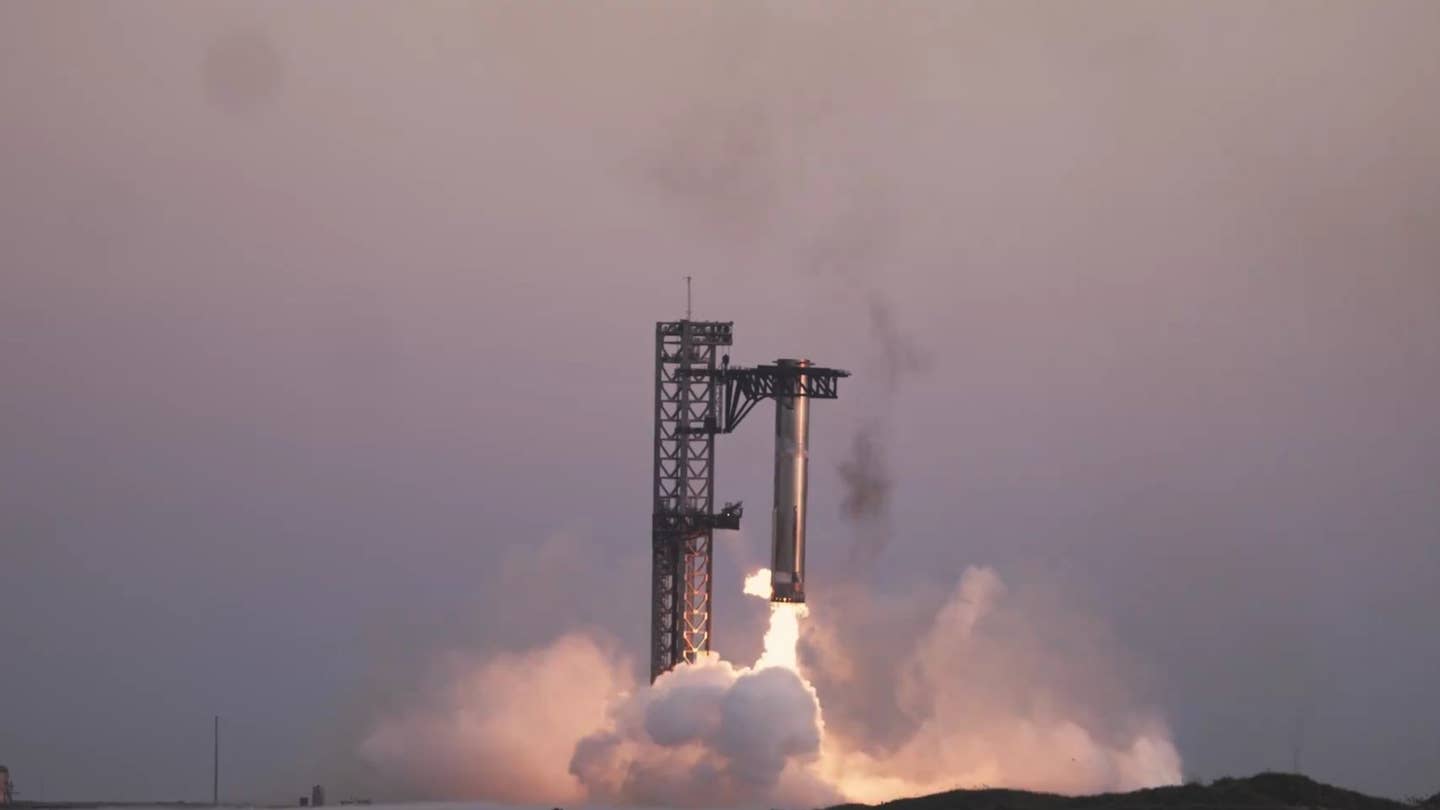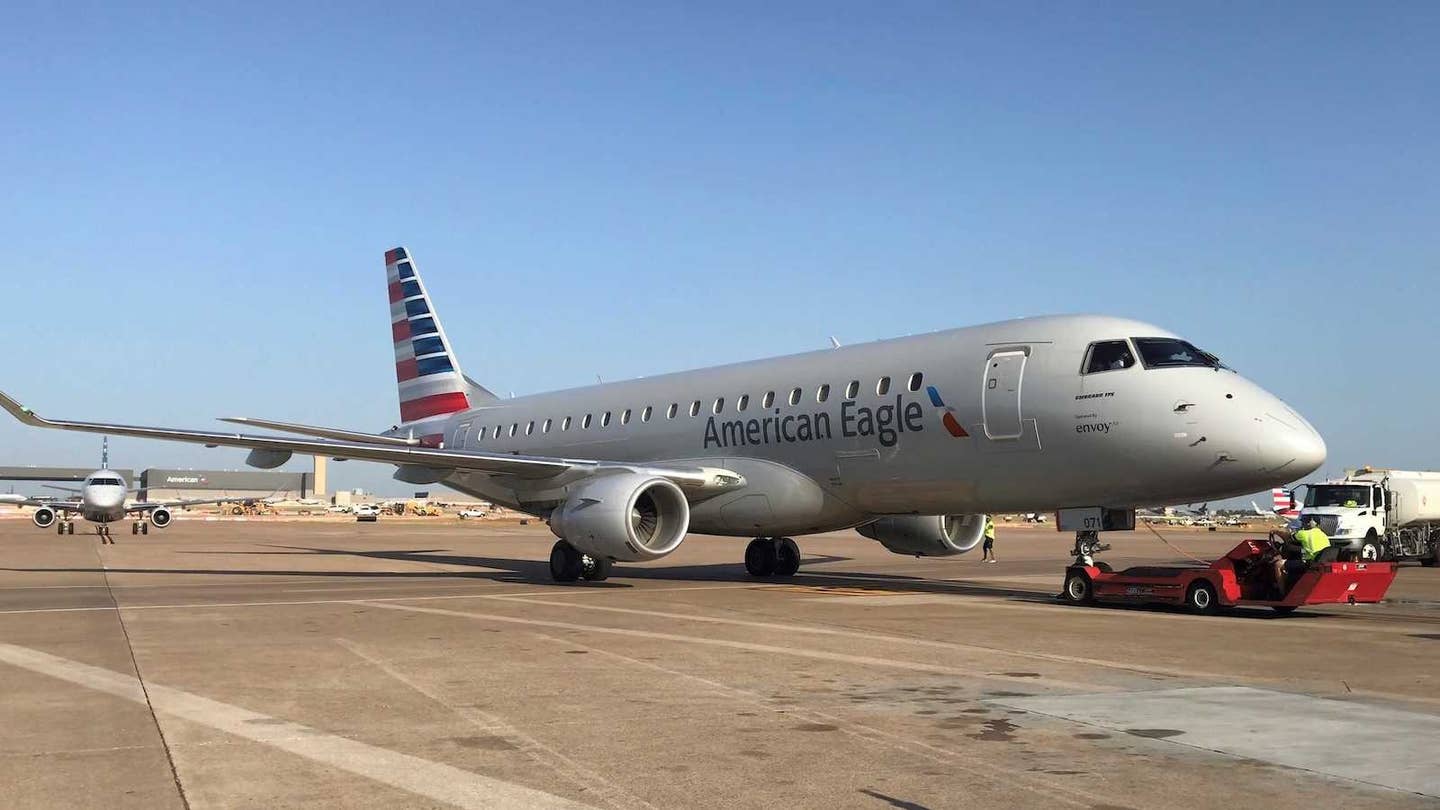
The new Kestrel
Kestrel Aircraft President and CEO Alan Klapmeier gave an update on the development of the company's single-engine turboprop this week at the NBAA Convention. The new design is significantly different from the Farnborough Aircraft-designed prototype Kestrel that first flew in 2006. "The changes are really driven by what we think the customers expect," Klapmeier said.
The wing of the new Kestrel has been redesigned for better stall characteristics and the airplane is wider, taller, longer and has a larger tail section than the flying proof-of-concept. The Pratt & Whitney PT-6 that powers the prototype will be replaced with a Honeywell TPE-331 engine, a modification Kestrel announced last summer. And the landing gear is sturdier with larger tires to improve the capability for landings on shorter, unimproved runways. Another significant improvement is that the cabin is 8.4 inches wider than the original Kestrel design and the cabin windows are much larger as well.
Klapmeier also announced the supplier for the airplane’s anti-ice system. Plainview, New York-based Cox and Company will supply its Electro-Mechanical Expulsion Deicing System (EMEDS), which, as Klapmeier describes it, “hammers the ice off.” Benefits of the EMEDS system include flight into known icing (FIKI) capabilities with a clean, smooth, metal leading edge, which provides improved laminar flow and a better useful life compared with some other FIKI systems.
While Klapmeier did not release any official numbers regarding performance, price or certification date, he said he expects the Kestrel will offer a cruise speed of about 320 knots and a 1,300 nm range. Klapmeier also said the target price is about $3 million and that certification is expected in about three years.

Sign-up for newsletters & special offers!
Get the latest FLYING stories & special offers delivered directly to your inbox






